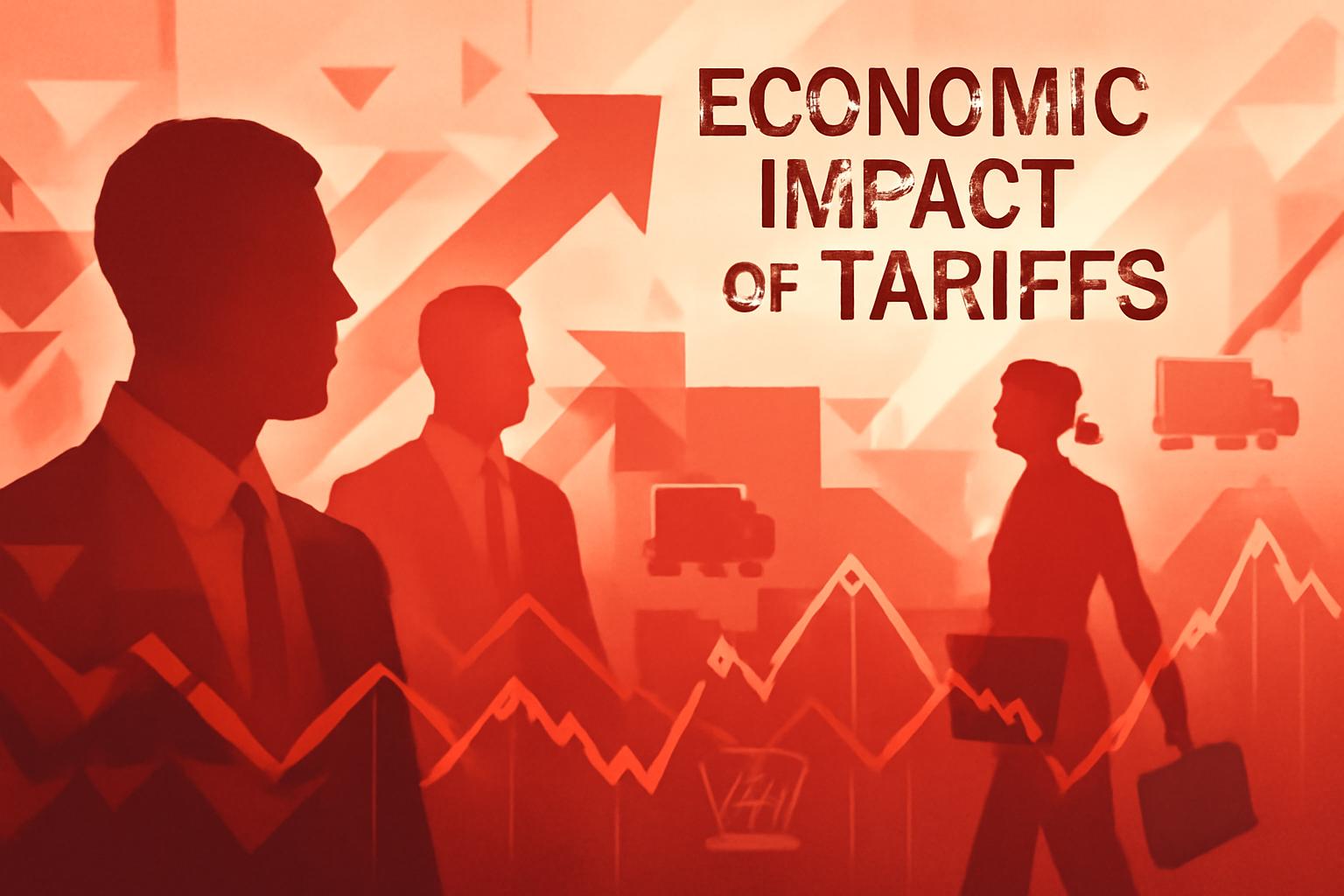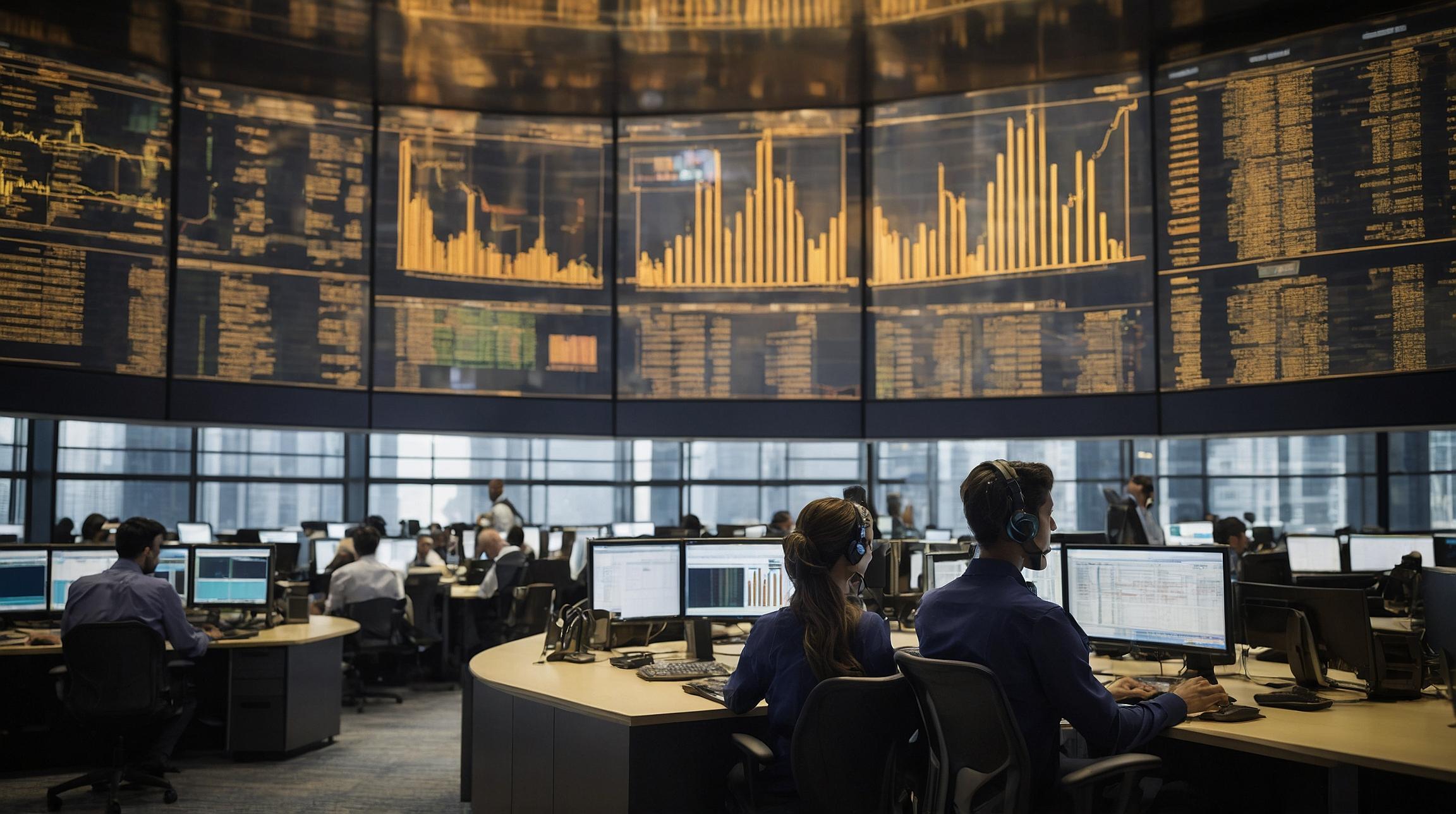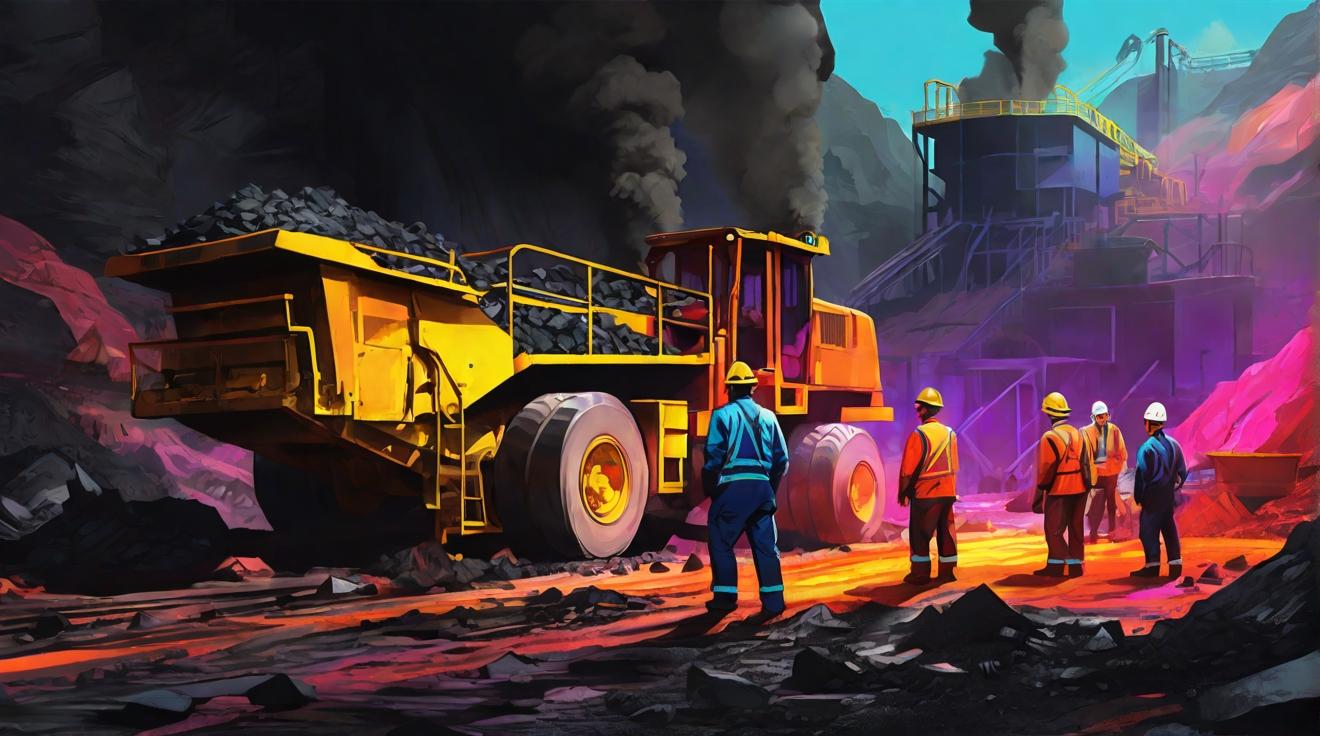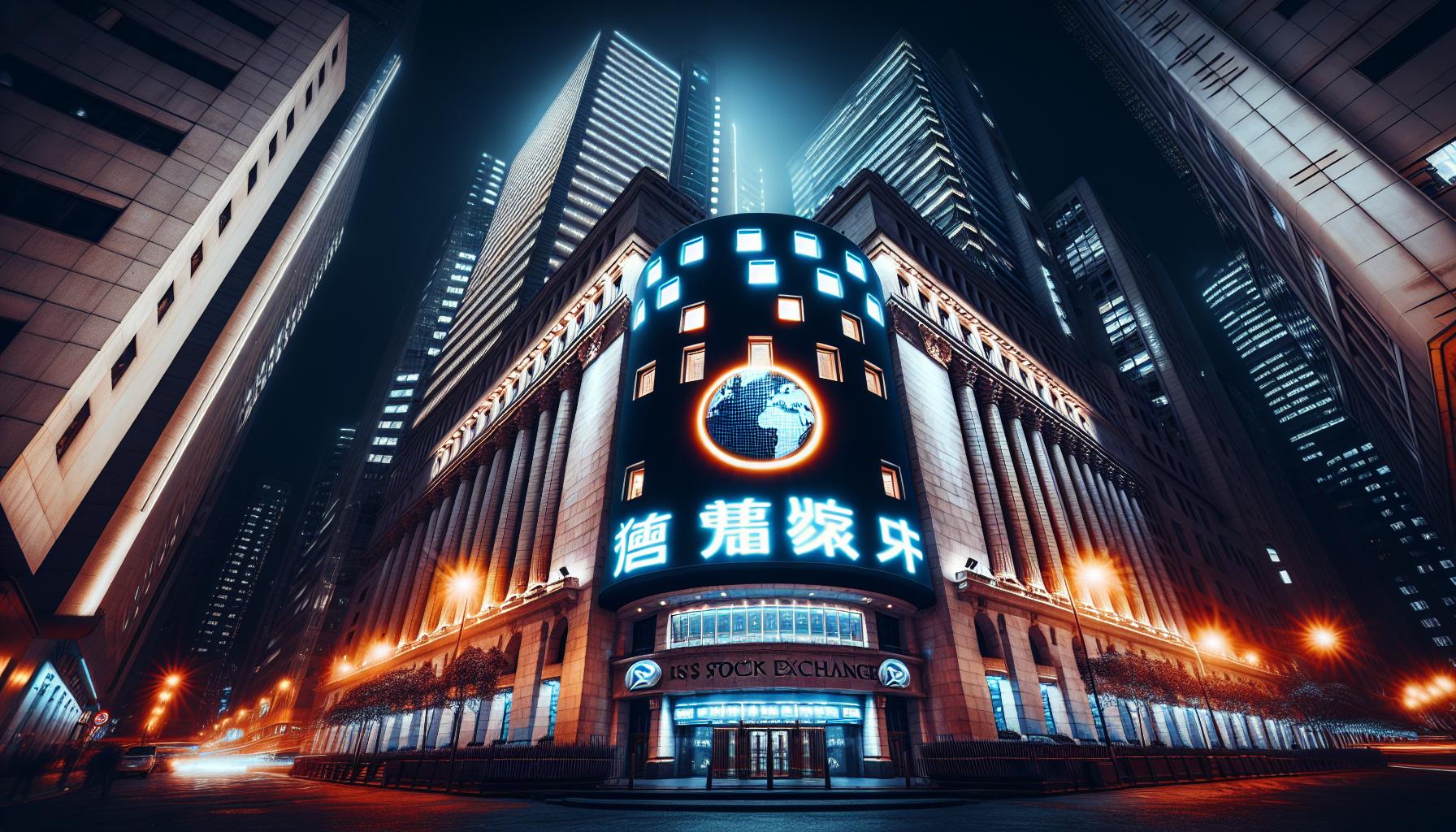Tariff Costs to Companies and Consumers in 2025
A recent white paper by S&P Global estimates that tariffs imposed by the Trump administration will cost global companies upwards of $1.2 trillion in 2025. This figure represents a significant financial burden, with consumers expected to bear the majority share of the cost. The analysis is based on proprietary research, incorporating data from approximately 15,000 sell-side analysts covering 9,000 companies, offering a comprehensive and arguably conservative outlook on the economic impact of tariffs.
Distribution of Tariff Burdens: Consumers vs. Companies
Contrary to administration claims that exporters would absorb most tariffs, S&P Global’s research suggests only about one-third of the costs fall on companies. The remaining two-thirds are passed on to consumers through higher prices.
“With real output declining, consumers are paying more for less, suggesting that this two-thirds share represents a lower bound on their true burden,” said Daniel Sandberg, lead author of the report.
Tariffs and trade barriers function as de facto taxes on supply chains, diverting cash flows from corporate profits to governments, workers, suppliers, and infrastructure investors. Additional factors such as logistics delays and increased freight costs compound these effects. Daniel Sandberg explains, “These forces represent a systemic transfer of wealth from corporate profits to workers, suppliers, governments, and infrastructure investors.”
Political and Monetary Policy Implications
The sizable tariff costs carry significant implications for both the White House and the Federal Reserve. The administration defends tariffs as essential for correcting unfair trade imbalances, while the Fed must gauge their inflationary impact. White House spokesman Kush Desai emphasized, “The cost of tariffs will ultimately be borne by foreign exporters,” adding that companies are shifting supply chains, including onshoring production to the U.S. Federal Reserve officials generally view tariffs as a one-time price shock rather than a driver of sustained inflation. S&P Global’s analysis concurs, noting consensus expectations of a contraction in profit margins by 64 basis points in 2025, with gradual recovery over subsequent years.
Market Outlook and Adaptation Strategies
The report highlights uncertainty about whether profit margins will rebound as expected. Recovery depends on firms’ ability to adapt through technological innovation, cost control, and restructuring global value chains. The evolving tariff strategy, especially amid renewed tensions with China, will also influence the long-term economic impact.
Impact of Removing De Minimis Exception
A critical turning point was the May removal of the “de minimis” exception, which previously exempted goods valued under $800 from tariffs. This policy change intensified the financial strain on companies and consumers alike.
“When the exemption closed, the shock rippled through shipping data, earnings reports, and executive commentary,” Sandberg noted.
Despite these challenges, the report suggests the tariff-induced disruptions might be temporary frictions rather than permanent structural costs if supply chains successfully realign.
FinOracleAI — Market View
The $1.2 trillion tariff cost estimated by S&P Global represents a profound challenge for global supply chains, corporate profitability, and consumer welfare. While companies absorb a portion of the burden, the majority is effectively transferred to consumers, raising concerns about price inflation and reduced purchasing power.
- Opportunities: Firms that innovate in supply chain management, diversify sourcing, and adopt automation may mitigate tariff impacts.
- Risks: Prolonged trade tensions and further tariff escalations could deepen profit margin contractions and stifle economic growth.
- Removal of tariff exemptions increases short-term costs and uncertainty for both businesses and consumers.
- Monetary policy must carefully balance inflation risks against growth concerns amid tariff-induced price shocks.
- Geopolitical developments, particularly U.S.-China relations, remain key variables influencing the tariff landscape.
Impact: The tariff regime imposes significant costs with a disproportionate impact on consumers, challenging assumptions about who ultimately bears these taxes. Market recovery depends on adaptive corporate strategies and evolving trade policies.













